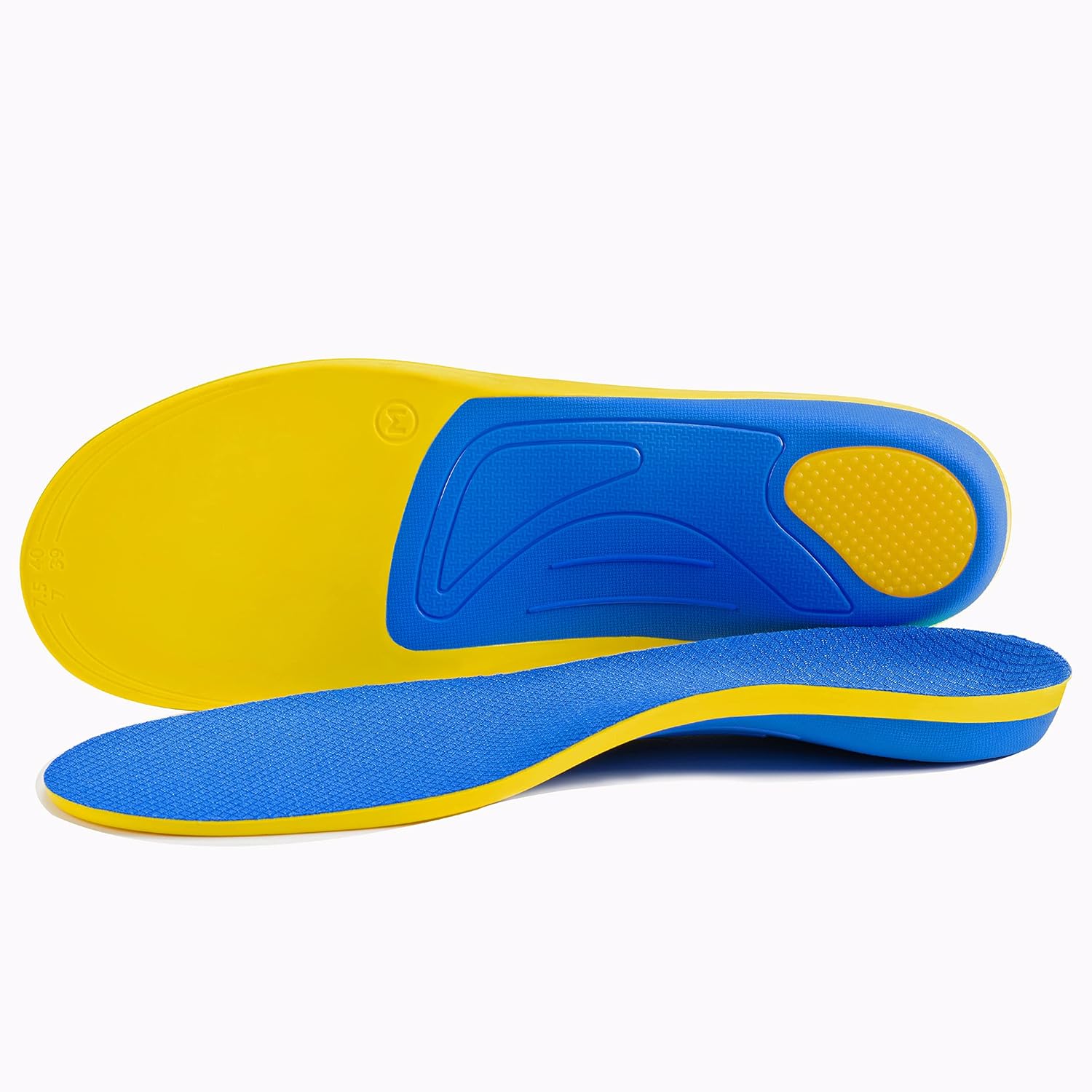Unlock the secrets to overcoming swollen feet with our expert guide. Dive into effective relief strategies, prevention tips, and insightful advice to enhance your well-being and walk in comfort. Empower your steps today!

Introduction
Swollen feet, a condition that plagues many, can stem from a myriad of causes, ranging from everyday lifestyle factors to underlying medical conditions. This comprehensive guide sheds light on the primary culprits behind swollen feet and offers actionable solutions to alleviate discomfort and prevent recurrence. Whether you’re dealing with this issue for the first time or seeking long-term relief, our expert insights will guide you towards a path of improved foot health and overall well-being.
Table of Contents
Understanding the Causes of Swollen Feet

Swollen feet, a common discomfort experienced by many, can arise from various factors ranging from lifestyle choices to medical conditions. Here’s a breakdown of the primary causes:
Prolonged Inactivity
How It Happens: Standing or sitting for extended periods allows gravity to pull fluids down into the feet and legs, causing swelling.
Excess Weight
Impact: Carrying extra weight puts additional pressure on your feet, leading to fluid accumulation and swelling.
Aging
Why It Occurs: As we age, our body’s circulation decreases, which can lead to swelling in the feet and ankles, especially in older adults.
Pregnancy
Effects: Pregnancy brings about significant bodily changes, including increased fluid retention and changes in blood chemistry, essential for supporting fetal development. The expanding uterus also pressures pelvic veins, affecting blood flow and potentially leading to swollen feet. While mild swelling is common, sudden or severe swelling could signal preeclampsia, a condition needing urgent care.
Injuries
How They Cause Swelling: Foot or ankle injuries, such as sprains, fractures, or strains, trigger an inflammatory response, leading to swelling. This is the body’s way of protecting and healing the injured area.
Lymphedema
What It Is: Swelling caused by a blockage in the lymphatic system, preventing lymph fluid from draining well, and leading to swelling in the feet and legs.
Medication Side Effects
Common Culprits:
- Antidepressants (e.g., tricyclics, MAO inhibitors) may cause fluid retention.
- Blood Pressure Medications, particularly calcium channel blockers, often lead to swollen feet and ankles.
- Steroids, used systemically or locally, can promote fluid retention.
- NSAIDs may result in fluid retention for some people.
- Diabetes Medications can also lead to swelling in certain cases.
If swelling is suspected to be a side effect of medication, it’s crucial to consult a healthcare provider rather than stopping the medication abruptly. They can provide guidance on adjustments or alternative treatments to alleviate the swelling.
Identifying Symptoms of Swollen Feet
Understanding the symptoms of Swollen Feet is essential for deciding when to seek medical advice. Below are key indicators of swelling in the feet:
| Noticeable Increase in Foot Size |
| What to Look For: Your feet may visibly enlarge, causing a snugger fit in your shoes. |
| Puffiness |
| Where It’s Seen: Swelling is often most evident around the ankles and the tops of the feet, giving a bloated appearance. |
| Altered Skin Appearance |
| Characteristics: The skin covering the swollen areas might appear overstretched, glossy, or unusually thin. |
| Pitting Edema |
| Test: Pressing on the swollen spot for a few moments and then releasing can leave a dimple, indicating pitting edema. |
| Discomfort and Pain |
| Symptoms: The swelling may cause feelings of discomfort or pain, intensifying with standing, walking, or when pressure is applied. |
| Limited Joint Movement |
| Effect: Swollen feet can hinder your joints’ normal range of motion, affecting your ability to walk or move smoothly. |
| Skin Color Changes |
| Observations: The color of the skin over the swollen area may shift, showing redness, paleness, or a bluish hue, depending on the cause. |
| Warmth in the Affected Area |
| Sensation: The area that’s swollen might feel warmer than the surrounding skin. |
| Associated Weight Gain |
| Possible Cause: Swelling, particularly when related to fluid retention, may come with a sudden increase in weight. |
Strategies for Managing and Treating Swollen Feet
Swollen feet can be uncomfortable and concerning, but with the right approach, you can alleviate the symptoms and address the underlying causes. Here’s a comprehensive guide to managing and treating swollen feet through lifestyle adjustments, home remedies, and medical interventions.
Lifestyle Changes and Home Remedies
Elevation
Boosting your feet above your heart level improves circulation and helps reduce swelling. Use pillows to elevate your legs whenever you’re lying down, aiming to do so several times throughout the day, particularly after extended periods of standing or sitting.
Exercise
Engaging in regular physical activity enhances blood flow, aiding in the prevention of fluid accumulation in your legs and feet. Activities like walking, swimming, or cycling are beneficial, and simple ankle rotations can also promote circulation.
Compression Stockings
These garments exert gentle pressure on your legs, supporting better blood flow and minimizing fluid buildup. Ensure you select a pair with suitable compression levels and wear them primarily in the morning to combat swelling effectively.
Reduce Salt Intake
High sodium levels can lead to water retention, exacerbating foot swelling. Opt for a low-salt diet by minimizing processed foods and seasoning your meals with herbs and spices instead.

Stay Hydrated
Adequate water intake is key to flushing out toxins and reducing fluid retention. Aim for 8-10 glasses daily, adjusting based on your activity level and the weather.

Proper Footwear
Footwear that offers proper support can significantly reduce swelling. Look for shoes with a snug fit, good arch support, and a cushioned sole, avoiding tight straps or high heels.

Weight Management
Excess weight puts additional strain on your feet, leading to swelling. A balanced diet and regular exercise can help you achieve a healthy weight.

Avoid Prolonged Standing or Sitting
Regular movement is crucial for stimulating blood flow. If you have a sedentary job, take frequent breaks to walk around. Similarly, if you stand for long durations, shift your weight and move regularly.

Cool Compresses
Applying cold packs can temporarily reduce swelling by constricting blood vessels and decreasing inflammation. Wrap ice or cold packs in a cloth to avoid direct skin contact and apply for 15-20 minutes at a time.

Medical Treatments
Medications
Diuretics: Commonly known as water pills, diuretics help your body eliminate excess salt and water through urine, reducing swelling. These should be used under medical supervision to avoid electrolyte imbalances.

Medication Adjustments: If your swelling is a side effect of medication, consult your doctor about possible adjustments or alternatives.
Chronic Condition Management: Properly managing conditions like diabetes, heart disease, and kidney disease can alleviate swelling. This may involve medication adjustments, dietary changes, and regular medical check-ups.
Physical Therapy
Enhancing Circulation: Tailored exercise programs can improve blood and lymph flow, reducing swelling. These may include stretching, strengthening, and aerobic exercises.
Manual Therapy: Techniques like massage and lymphatic drainage can be effective in moving fluid out of swollen areas.
Educational Guidance: Physical therapists can also offer advice on self-care strategies, including at-home exercises and the use of compression garments.
Surgery
In some cases, surgery may be necessary to address structural problems causing swelling, such as lymphatic blockages or venous insufficiency. These procedures range from minimally invasive to more complex surgeries, depending on the specific issue.
When to Consult a Doctor
- Persistent Swelling: If home remedies don’t alleviate the swelling or if it worsens, seek medical advice.
- Symptoms of Concern: Swelling accompanied by pain, redness, or warmth could indicate a more serious condition and requires immediate attention.
- Existing Health Conditions: Individuals with heart, kidney, or liver disease should consult their doctor if swelling increases, as it may signal a complication.
By combining lifestyle modifications, home remedies, and medical treatment, you can effectively manage swollen feet and improve your overall comfort and health.
| Arch Support |
| Arch Supports |
| Best Arch Support Insoles |
| Best Insole for Plantar Fasciitis |
| Insole for Flat Feet |
FAQ Section
Q: What are the main causes of swollen feet? A: Swollen feet can result from prolonged inactivity, excess weight, aging, pregnancy, injuries, lymphedema, and certain medications.
Q: How can I quickly reduce swelling at home? A: Elevating your feet, staying hydrated, exercising, wearing compression stockings, reducing salt intake, and applying cool compresses can provide quick relief.
Q: When should I see a doctor for swollen feet? A: Consult a healthcare professional if the swelling persists, worsens, is accompanied by pain, redness, or warmth, or if you have underlying health conditions like heart, kidney, or liver disease.
Q: Can diet affect swollen feet? A: Yes, a diet high in purines and salt can exacerbate swelling, while a balanced diet rich in fruits, vegetables, and low-fat dairy can help manage it.
Q: Are there any exercises to prevent swollen feet? A: Regular physical activity, especially exercises that enhance blood flow and strengthen the muscles around your ankles and feet, can help prevent swelling.
Conclusion
Managing and treating swollen feet requires a holistic approach that encompasses lifestyle adjustments, home remedies, and, when necessary, medical intervention. By understanding the underlying causes and implementing targeted strategies, you can significantly alleviate discomfort and improve your quality of life. Remember, proactive measures and timely care are key to keeping your feet healthy and free from swelling. Embrace these solutions and step forward with confidence and comfort.










